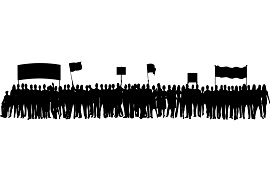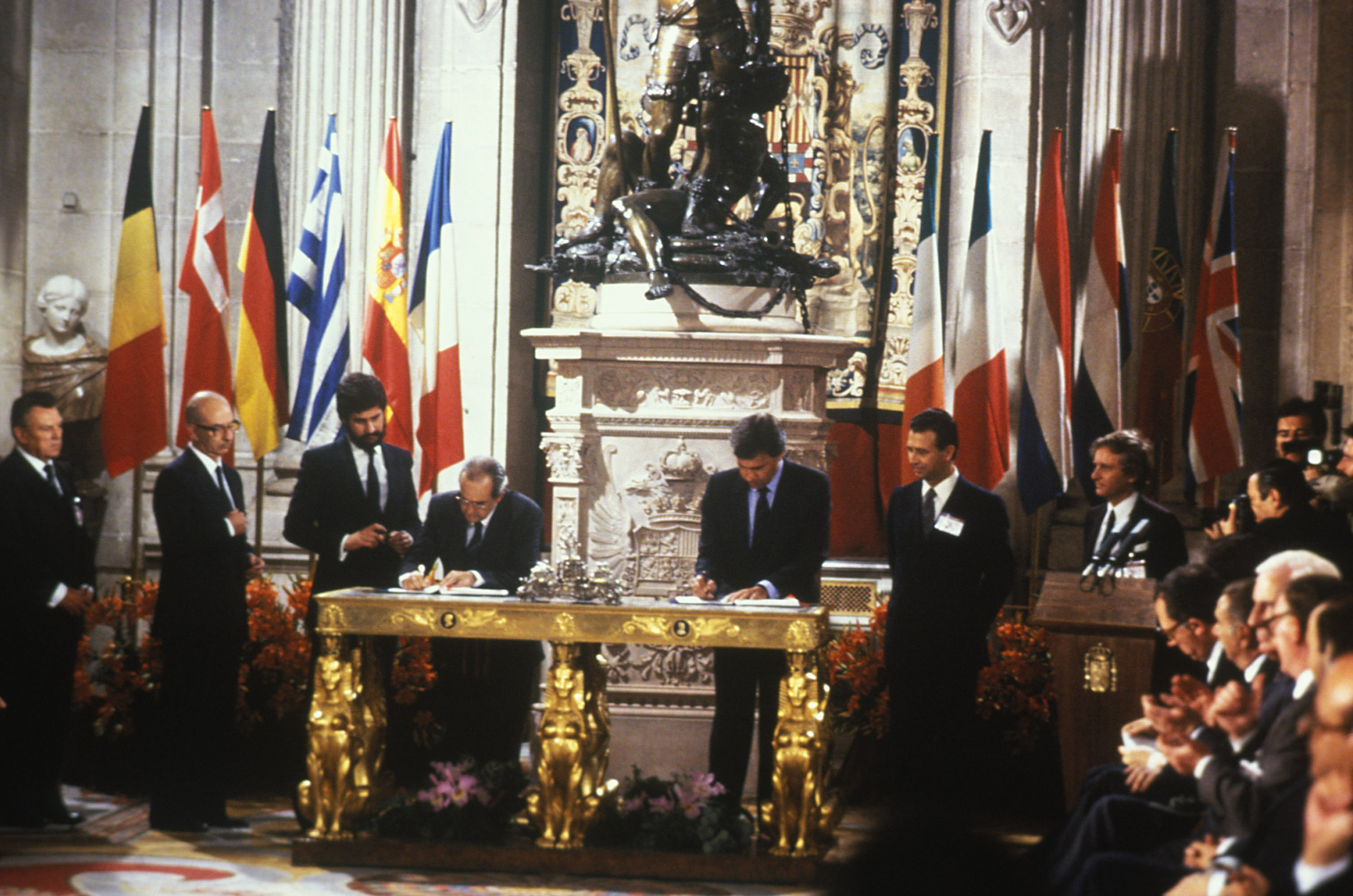
The calling of strikes and the number of workers that support them is decreasing just as the tendency of the last decades show. Exercising this right continues being a resource for the workers collective of fields such as the public or service sectors.
3 june 2016
One of the main ways of labour conflict is the strike. The decision to stop the production of work aiming to force an agreement is one of the alternatives to labour problems that results in labour conflicts.
The number of strikes has decreased a 2 % during the first quarter of 2016 respect the same period of the last year
Tendency
Throughout Spanish history, there have been several periods in which strikes were more frequent. From 1975 with the arrival of democracy, it came a significant increase of labour conflicts which drop on the subsequent years. Since then, the number has been maintained in stable parameters with about 700 strikes per year since 2000, according to a study on the evolution of labour conflict in Spain.
The reduction of labour conflicts has been produced since the last three decades. A study published in 2007 indicates that since the 1980s “a lesser number of strikes that are also followed by a lesser proportion of workers” are called.
In the last years, labour conflicts are decreasing despite the crisis. From January to April this year, there have been 326 strikes supported by a total of 73,641 workers. In total, 2.3 millions of work hours have been lost, which supposes a 56.8 % drop respect the same period of the previous year. Also, the number of strikes has decreased a 2 % and the total of workers that supported them has decreased a 61 %.
- January – April 2016
- 326 strikes
- 73,641 workers exercised this right
- 2.3 millions of work hours lost
Strikes per sectors
Throughout the first quarter of this year, 69 strikes have been carried out in firms or institutions of the public sector. Among them had a great impact the related to education against LOMCE and the 3+2 Decree or the ones related to health care that have taken place in different autonomous communities, according to the report of the Spanish Confederation of Employer’s Organisations (CEOE).
The industry sector has been the one with the most strikes between the years 1986 and 2006
Despite the number of strikes within this sector it has increased a 30 % in relation to the previous year, both the number of workers supporting them and the working hours lost have decreased in a 66 % and 68 % respectively.
In the 1980s and 1990s, the sector where most strikes were called was the industry sector. Out of the 18.534 strikes produced between 1986 and 2006, over half (56 %) derived from this field. The service sector accumulated around 7,000 strikes in that same period of time, with the gradual descend of the conflict in the industry, the services have increased the problems with workers.












